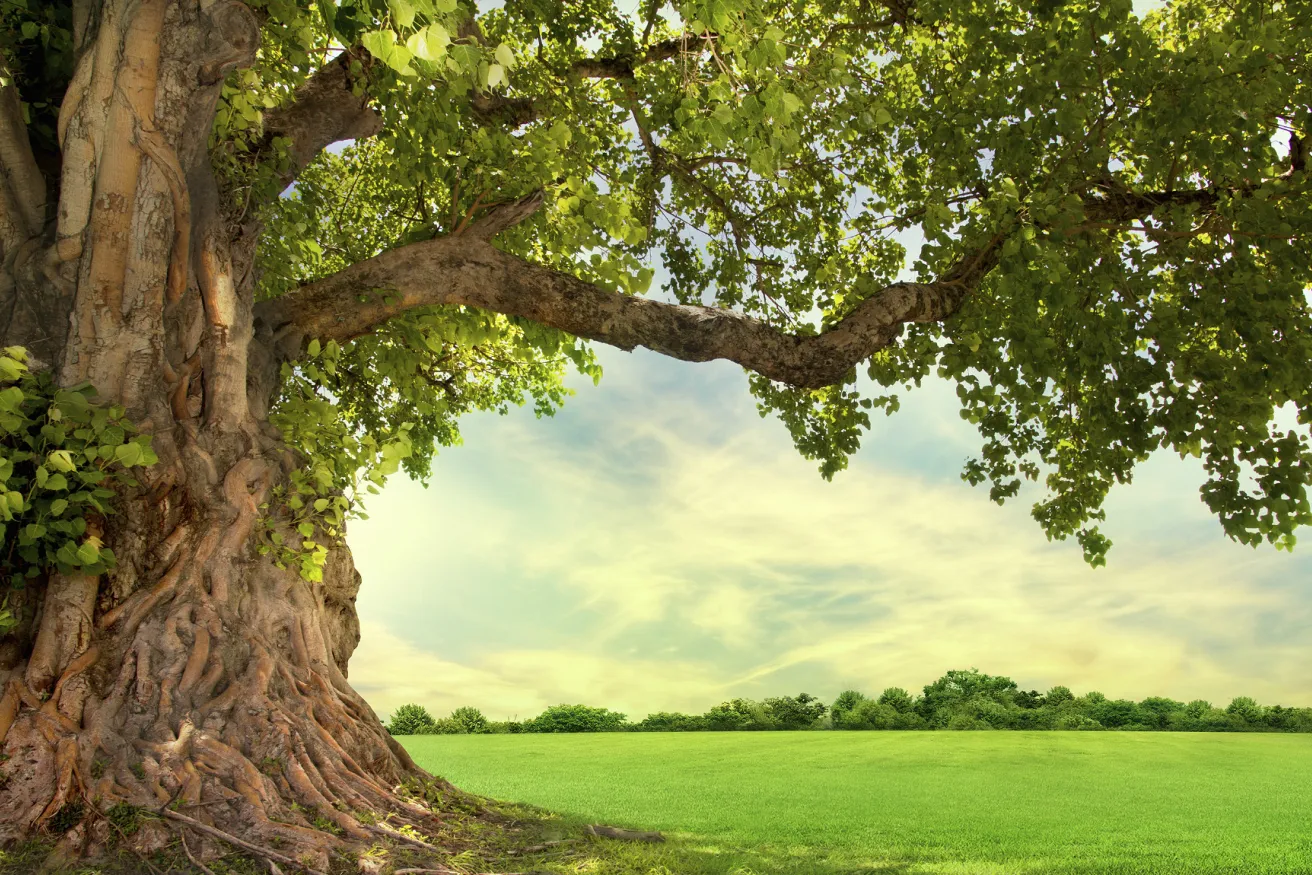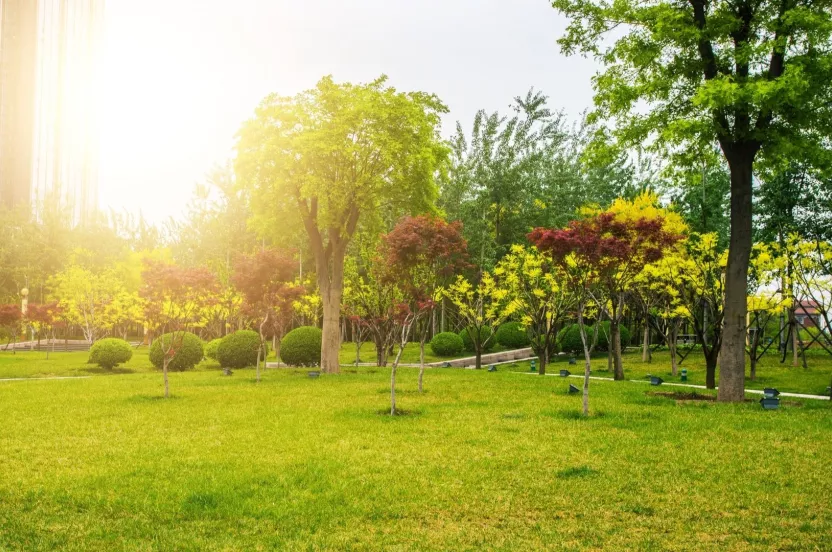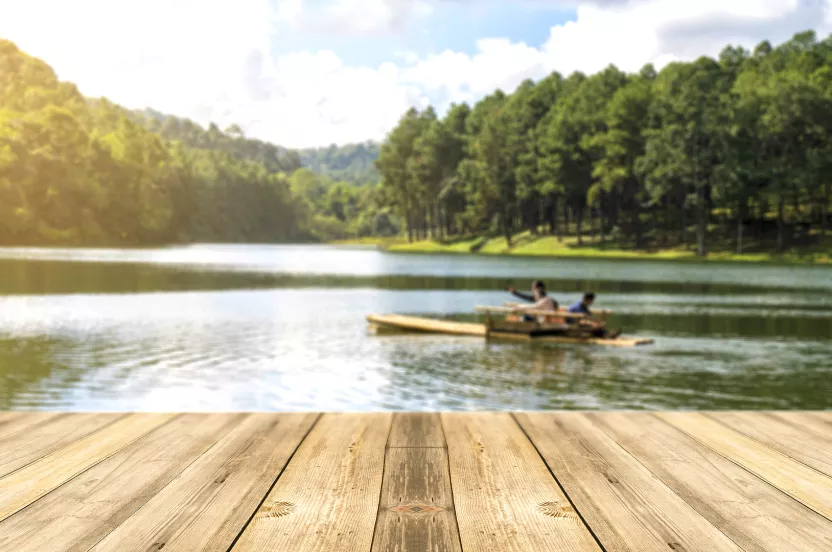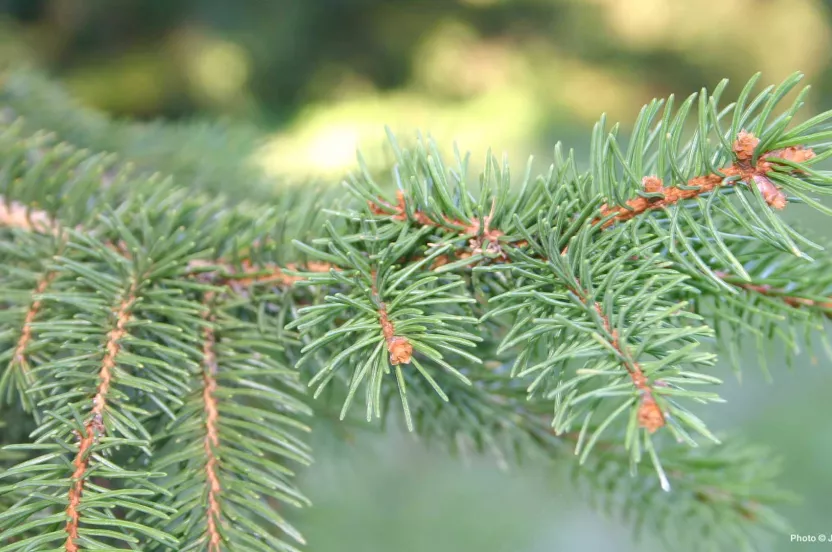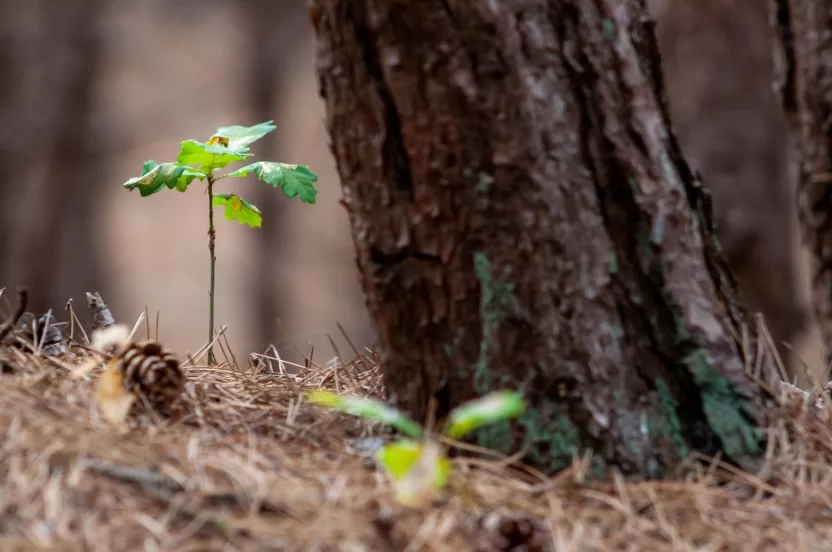The Arbor Day Foundation is pledging 10 million trees to areas impacted by hurricanes Helene, Milton Help us replant
The first gardening book I ever worked on was called “The World of Trees: Selecting and caring for trees in your yard and neighborhood”. The book’s main editor and my mentor for the next few decades was Walter Doty, former editor of Sunset Magazine. We enlisted the help of notable tree experts from around the country – men like L. C. Chadwick from Ohio State University, William Collins from American Garden Cole Tree Nursery, William Flemer III from Princeton Nurseries, John Ford from Secrest Arboretum, Richard Harris from the University of California at Davis, Carl Whitcomb from Oklahoma State University and many more.
One of Walter’s ideas was to have a section of the book called “Trees That Need A Friend” where we would ask our contributors to nominate trees that should be more widely planted. In light of invasive pests like emerald ash borer that demonstrate the importance of a diverse urban forest, and the dwindling selection of trees available in many garden centers, I found myself taking another look at trees that need a friend. Here are just a few of my favorite trees that will plant well this spring and widen the diversity of our urban forests.
Fringe Tree, Chionanthus virginicus.
This is a deciduous tree native to the eastern United States. It’s very eye-catching, with long drooping clusters of fringe-like white blooms that appear in late spring. They are lightly fragrant and sometimes (on female trees) followed by showy blue-black fruit that is loved by wildlife. The tree’s large leaves turn yellow in fall. Compared to others, this is a smaller tree, spreading to 15 to 20 feet high. As it’s first growing, it may need training to tree form, but it’s considered easy to grow. It’s perfect in lawns and wooded areas, best grown in Zones 3-9.
Kousa Dogwood, Cornus kousa.
A late spring-blooming dogwood that is shockingly beautiful through several seasons, this tree’s large, white blooms are formed by four pointed bracts and can reach over five inches wide. They are very visible among the dark green oval leaves and are followed by large, pinkish to bright red, berry-like fruit lasting in fall. This species usually forms a vase-shaped, multi-trunked tree, about 15 to 30 feet high, and is best grown in Zones 5-8.
Mountain Silverbell, Halesia monticola.
A lovely deciduous tree native to portions of the Appalachian Mountains, clusters of white, bell-shaped flowers bloom in spring and are followed by dried, winged fruit. Where native, Mountain Silverbell may reach over 60 feet high but in most garden situations it forms a single or multiple trunked tree 20 to 40 feet high with bark that peels in large, flat scales. This easy-to-grow species makes a nice patio, woodland or lawn tree and is best grown in Zones 6-8.
Sourwood, Oxydendrum arboretum.
Another beautiful native of the eastern United States, the Sourwood produces wonderful fragrant, white blooms in long, finger-like clusters. The flowers appear in late spring to early summer, are loved by bees and are followed by interesting seed capsules. This tree usually grows 20 to 25 feet high and even taller in the wild, preferring acid soils. Great planted near patios, as a specimen, in lawns or wooded areas in Zones 5-9.
Japanese Snowbell, Styrax japonicus.
Beloved for its distinctive horizontal branching pattern and clusters of small, white, lightly fragrant flowers that dangle prominently among the upward facing leaves in late spring, this favorite usually grows 20 to 30 feet high and wide. It’s easy to care for but tends to be shrubby and may need lower limbs removed to create tree form. It’s best in acid soils and often used around patios or in lawns in Zones 5-9.
Once you choose YOUR favorite tree, visit https://www.arborday.org/trees/health/ to learn more about how to care for your new sapling.

